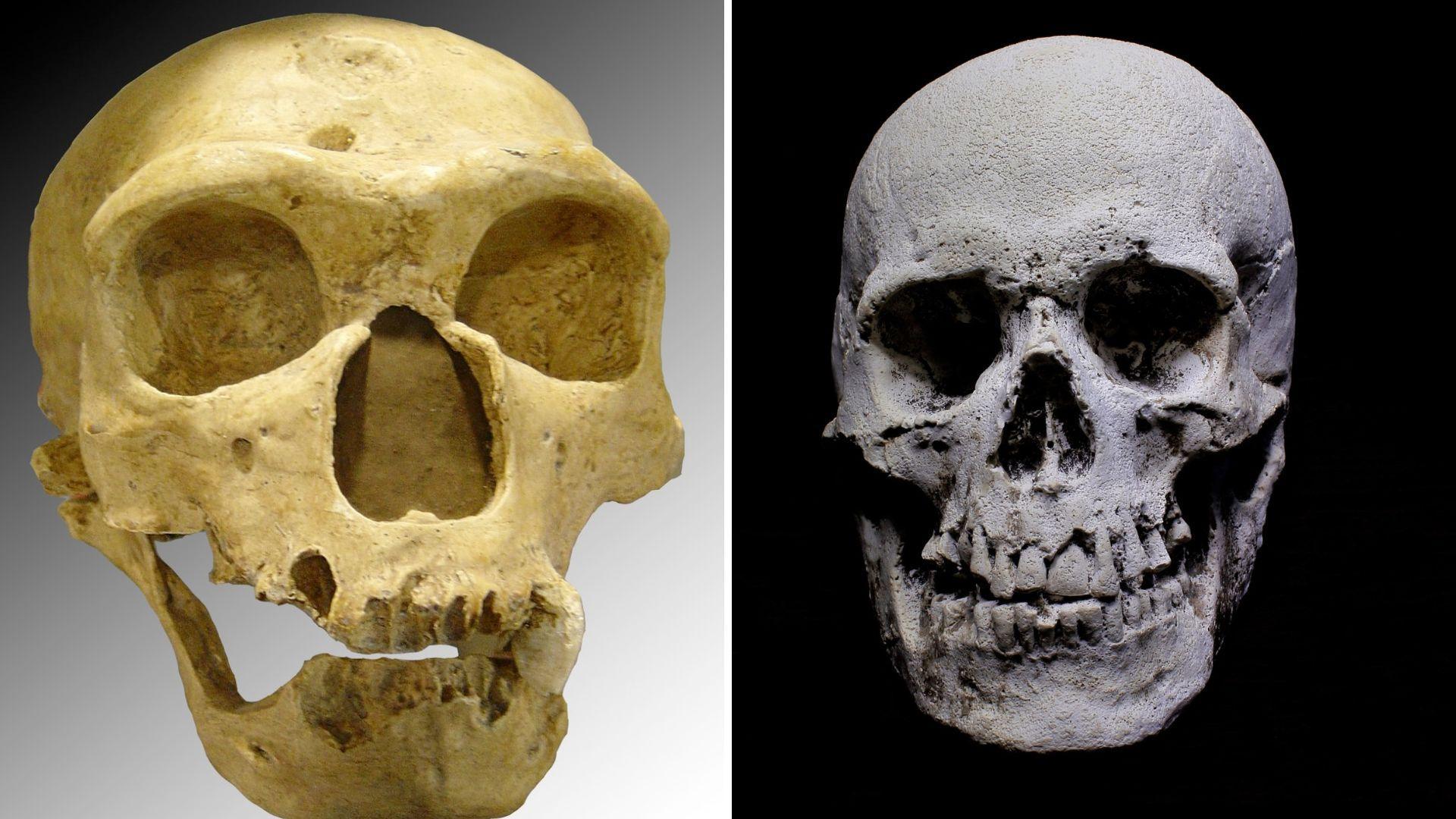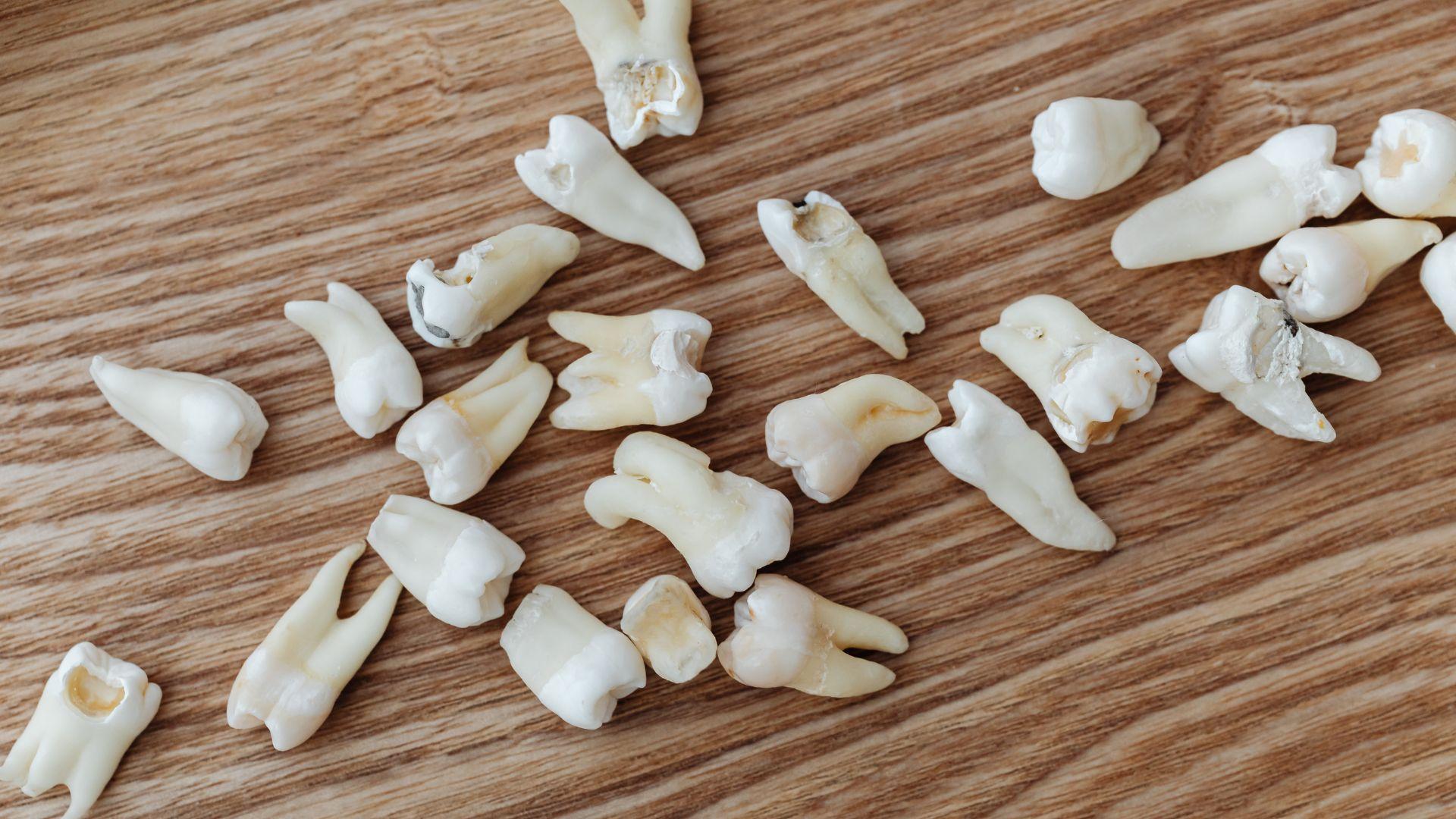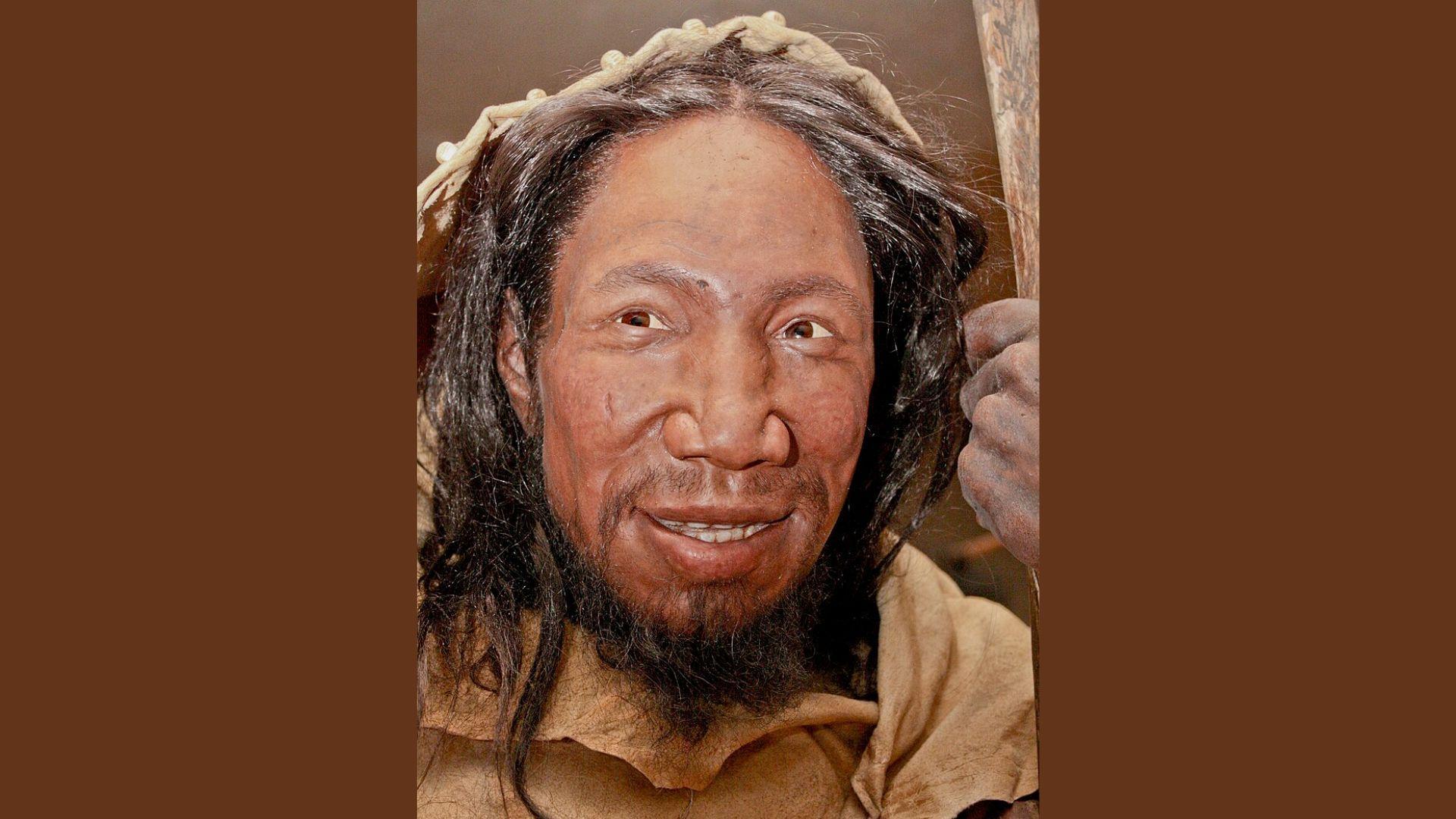Neanderthals went extinct about 40,000 years ago. Our ancient cousins could have died off for a variety of reasons, but recent research from scientists has revealed one contribution that could have played a part in their demise.
A group of researchers have found evidence of some very familiar diseases in ancient neanderthal DNA. These viruses from 50,000 years ago could have contributed to the downfall of neanderthals.
Neanderthal Sicknesses

Scientists, while studying ancient neanderthal DNA, have recently found traces of the viruses that cause colds, cold sores, genital warts, and cancer.
These viruses were most likely introduced by ancient humans. These unfamiliar viruses could have contributed to the extinction of neanderthals.
Infections from Homo Sapiens

According to the scientists who published their work in the peer-reviewed journal Viruses, ancient humans may have been who introduced these illnesses to neanderthals.
Understanding the ancient versions of these diseases could lead to discovering why neanderthals went extinct. Additionally, knowing about the evolution of these illnesses could help scientists and doctors know how they affect modern humans.
The Cause of Extinction

Most neanderthal experts think that the species went extinct due to a variety of causes. A changing climate, low fertility rates, and human interactions could have negatively affected the species. If neanderthals suffered from these unfamiliar illnesses, that certainly would not have helped.
Marcelo Briones, one of the researchers who found the viruses in the ancient DNA, said that poor health from “these types of infections can have a negative impact when you are competing with another species.”
The Neanderthals in Chagyrskaya Cave

About 54,000 years ago, a small group of Neanderthals lived in Chagyrskaya Cave in Southern Siberia. Briones and the group of researchers studied the sequenced DNA data in the remains of two neanderthals who lived in the cave community.
The two neanderthals were an adult male and a boy. The scientists were looking for evidence of three viruses they thought could have contributed to the species’ extinction. These viruses are adenovirus, herpesvirus, and papillomavirus.
Adenovirus, Herpesvirus, and Papillomavirus

The adenovirus can cause respiratory infections, like influenza or colds. Depending on the type of herpesvirus, it can cause issues like cold sores or genital warts. The papillomavirus is linked to certain cancers, like cervical cancer.
The recent study is not the first time one of these viruses has been found in ancient DNA. In 2021, there was a discovery of adenovirus in 31,600-year-old Siberian human teeth.
Relationships Between Humans and Neanderthals

According to the researchers, the adenovirus, herpesvirus, and papillomavirus found in the recent study are nearly 50,000 years old. This is 20,000 years older than the adenovirus found in the Siberian teeth.
Some experts estimate that humans and neanderthals interbred between 60,000 and 50,000 years ago. The species produced children, therefore mixing DNA, but also passed diseases around.
Viruses and the Human Body

It is unknown if these ancient viruses caused the same symptoms in Neanderthals that they do in modern humans. According to Briones, these viruses may have been very severe in neanderthals. Briones said, “A cold does not have to be fatal to decrease hunting efficiency or reproductive ability.” A small neanderthal community could have been made extinct by new illnesses, but how did these illnesses affect ancient humans?
Understanding how these still-persevering diseases have changed over so many years could make clear how they affect modern humans. For example, Sasha Tabachnikova—a PhD candidate studying herpesvirus at Yale School of Medicine—explained that some viruses never leave your body; she said, “They have a huge impact on human health because they are long-lived infections.”
The Problems with Ancient DNA

Unfortunately, it is difficult to study ancient DNA. The longer a sequence of DNA is, the easier it is to identify. When DNA degrades over time, it breaks into short fragments. Additionally, Sally Wasef—a paleogenetics researcher at Queensland University of Technology—added that viruses have shorter DNA strands than humans do, so tools used to study ancient human DNA might not work for viruses.
Diyendo Massilani, an assistant professor of genetics at Yale, explained, “When the sequence is too short, you will find them everywhere, in all types of genomes.” Short sequences of DNA can easily be misidentified and incorrectly determined to be something they are not.
Extinction, Evolution, and Further Research

Tabachnikova—who wasn’t involved in the paper—is excited about the possibility of studying how an ancient virus has evolved since affecting neanderthals. However, Massilani is concerned about the interpretation of the ancient DNA by the researchers.
Massilani said, “They probably have a good idea,” but that the researchers need to adjust their methods to solidify their results. Briones and his colleagues are planning to do more research to confirm their ancient DNA findings.

